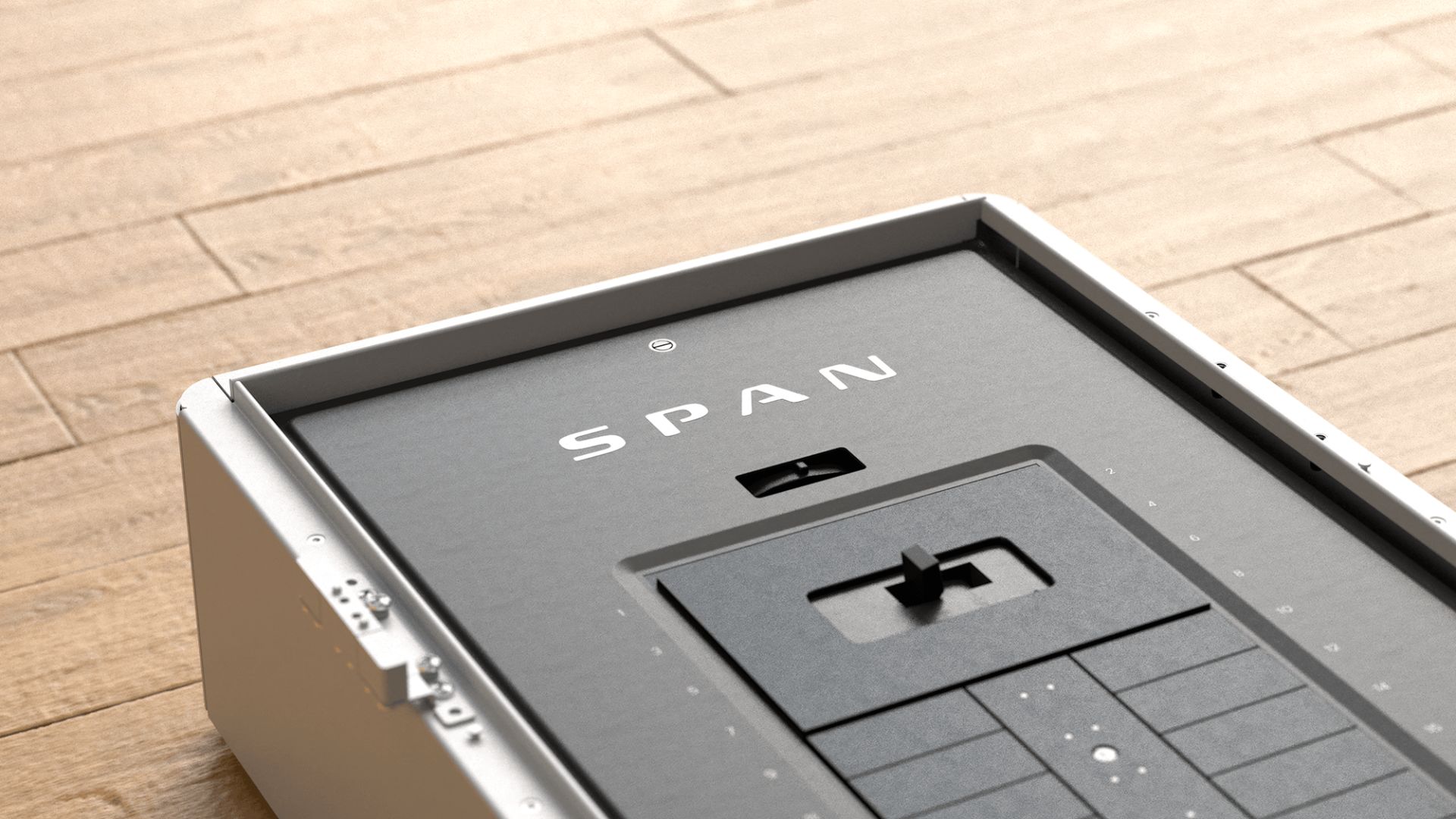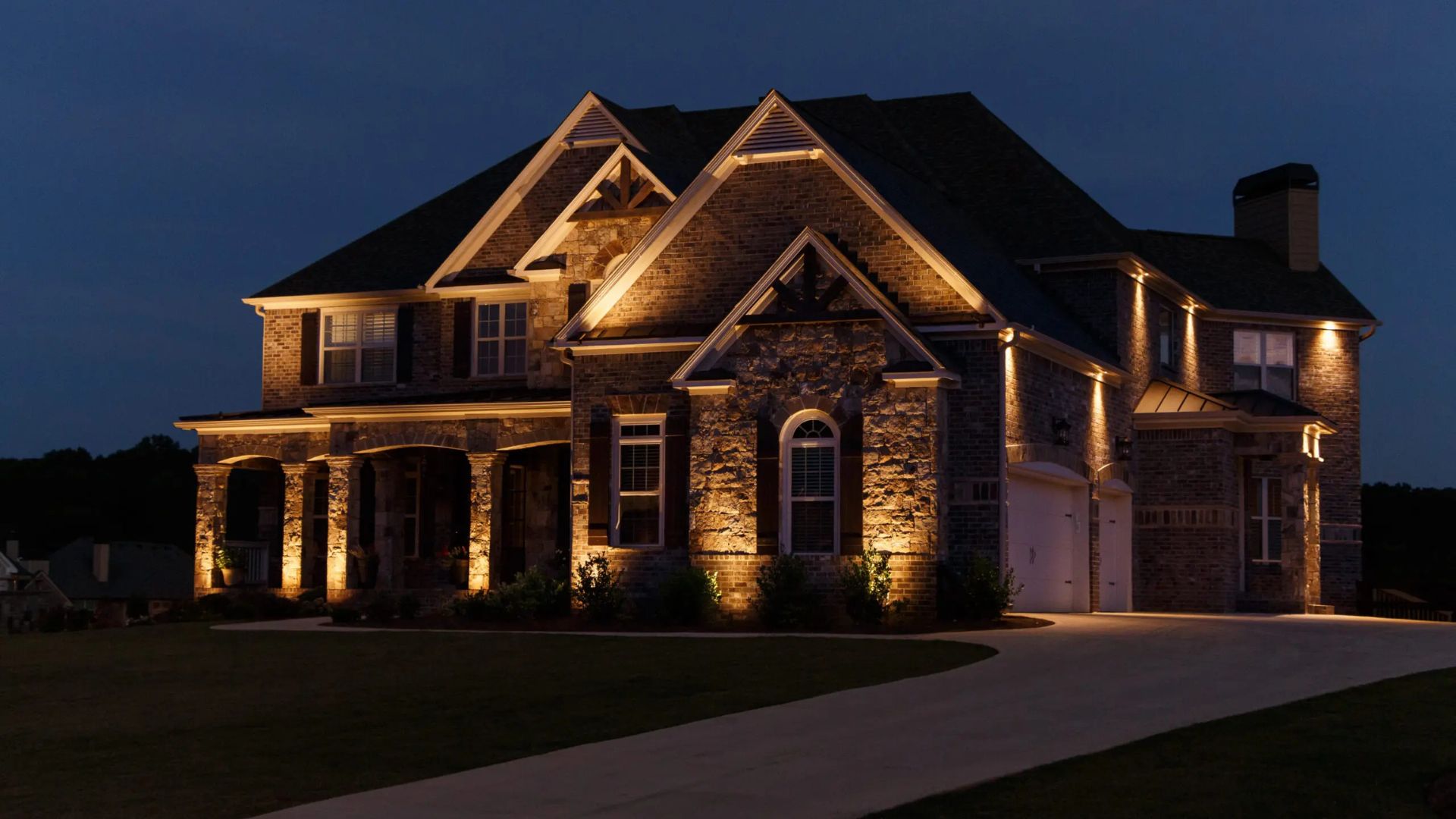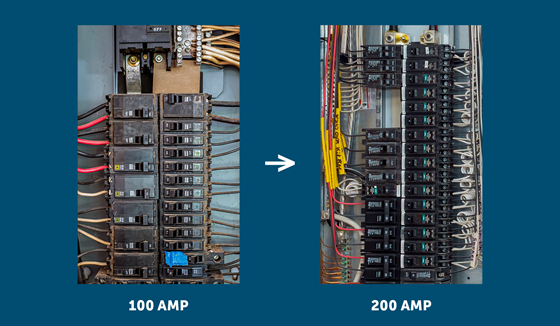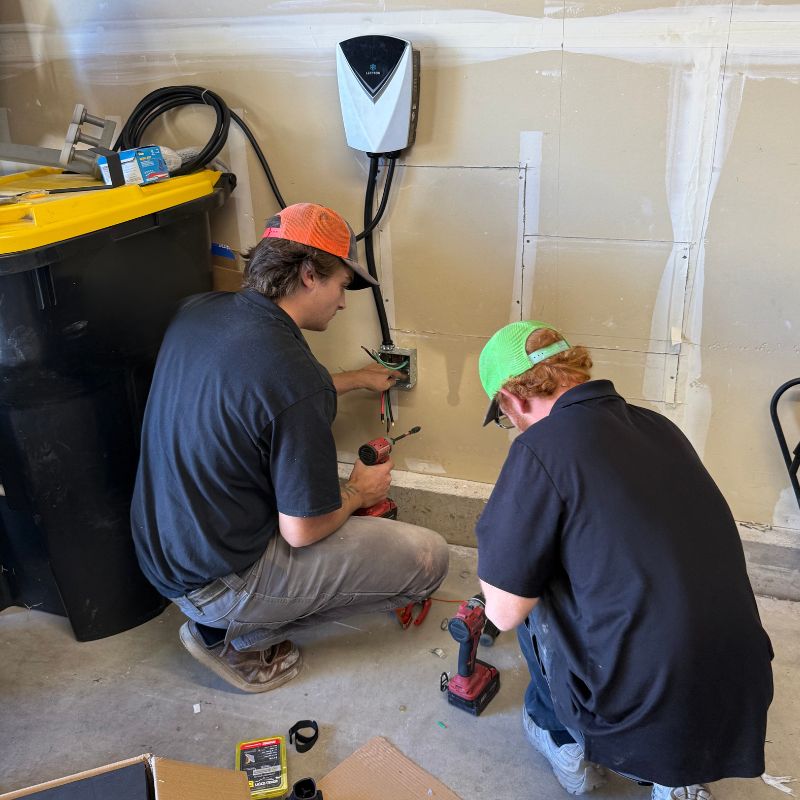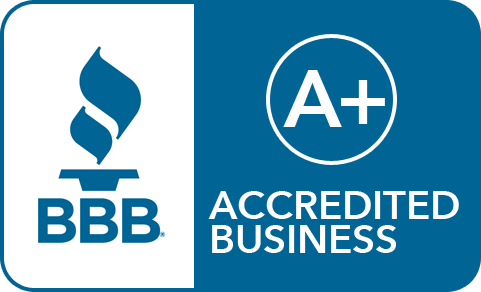Contents
- 3 Wire vs 4 Wire Electrical Service: What Colorado Homeowners Should Know
- Understanding the Basics: What Is a 3-Wire vs 4-Wire System?
- Why the Change from 3-Wire to 4-Wire?
- When to Use 3 Wire vs 4 Wire
- 3 Wire vs 4 Wire Dryer: The Most Common Scenario
- Why Use 4 Wire vs 3 Wire in 220 Circuits?
- What Are the Disadvantages of a 3-Wire System?
- What Is 4-Wire Electrical Wire Used For?
- How to Identify Your Current Wiring Setup
- The Colorado Connection: Why Upgrading Matters
- FAQs
- The Smart and Safe Choice for Colorado Homes
3 Wire vs 4 Wire Electrical Service: What Colorado Homeowners Should Know
If you have ever replaced an older dryer or range and noticed the new one has a different plug than your outlet, you have already encountered the classic 3 wire vs 4 wire electrical debate.
It is a common source of confusion for Colorado homeowners — especially when upgrading older homes or installing new appliances.
Let’s break down what these two setups actually mean, when each is used, and why modern electrical codes favor 4-wire systems.
Understanding the Basics: What Is a 3-Wire vs 4-Wire System?
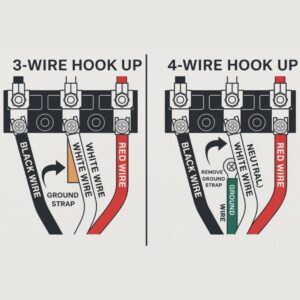
A 3-wire electrical service typically includes:
- Two hot wires – carrying 120 volts each
- One neutral wire – completing the circuit
A 4-wire electrical service, on the other hand, includes:
- Two hot wires
- One neutral wire
- One ground wire
At first glance, the extra wire might not seem like a big deal. But that extra ground wire is a major safety feature, separating return current (neutral) from fault current (ground).
Why the Change from 3-Wire to 4-Wire?
Older homes in Colorado — especially those built before the mid-1990s — often used 3-wire systems for ranges and dryers.
Back then, it was common practice to bond the neutral and ground together inside the appliance.
However, this design posed a risk. If the neutral wire ever came loose or broke, current could travel along metal parts of the appliance — like your dryer’s housing — and cause an electric shock.
Modern electrical codes now require 4-wire connections for new installations, which keeps neutral and ground separate.
This prevents current from accidentally energizing the appliance casing and greatly reduces the risk of electrical shock or fire.
When to Use 3 Wire vs 4 Wire
Here is a simple rule of thumb, you don’t. It’s not safe.
Here is when to use 3 vs 4-wire.
- Use 3-wire connections only for older homes and appliances that were originally wired that way (and only if local code allows it).
- Use 4-wire connections for all new installations or when upgrading outlets and appliances.
If you are installing a new 220 outlet, such as for a dryer or range, your electrician should always use a 4-wire setup to meet the current National Electrical Code (NEC) standards.
In short:
- 3-wire = legacy setup (neutral and ground bonded)
- 4-wire = modern setup (neutral and ground separate for safety)
3 Wire vs 4 Wire Dryer: The Most Common Scenario
This is where most homeowners run into the issue. You buy a brand-new dryer, bring it home, and realize your wall outlet does not match the plug.
Older homes may have a 3-prong outlet (3-wire), while your new dryer likely comes with a 4-prong plug (4-wire).

In this case, you have two options:
- Replace the old 3-wire outlet with a new 4-wire outlet and update the circuit wiring.
- Install a 3-wire cord on the dryer, but only if the manufacturer allows it and your home’s electrical setup supports it.
The first option — upgrading to a 4-wire connection — is the safest and code-compliant choice.
Why Use 4 Wire vs 3 Wire in 220 Circuits?
When dealing with 220 single phase wiring, the 4-wire setup provides a dedicated ground, which allows for safer and more stable current flow.
Here is what that means in practice:
- 3-wire 220 wiring carries both 120V legs and a shared neutral. If a fault occurs, current may return through metal components.
- 4-wire 220 wiring isolates the neutral and ground, ensuring any fault current safely returns to the panel rather than through the appliance.
If you are wiring a 220 plug for a new appliance or upgrading an outlet, the 4-wire system is almost always the best (and safest) choice.
What Are the Disadvantages of a 3-Wire System?
There are several drawbacks to keeping an old 3-wire setup in your home:
- Safety risk: The bonded neutral-ground connection can make appliance surfaces live under certain fault conditions.
- Code violations: Most jurisdictions, including those in Colorado, now require 4-wire systems for all new 220 outlets and circuits.
- Limited compatibility: Newer dryers, ranges, and other 220V appliances are designed with 4-wire cords for a reason — compatibility and safety.
- Potential insurance issues: If a home fire occurs and investigators find non-compliant wiring, your homeowner’s insurance could deny a claim.
If you are unsure which system you have, it is best to call a licensed electrician to inspect your outlet and wiring.
What Is 4-Wire Electrical Wire Used For?
4-wire electrical wiring is now the standard for high-voltage appliances and circuits in residential settings, including:
- Electric dryers
- Electric ranges
- EV chargers
- Hot tubs and spas
- Subpanels
Each of these uses benefits from the added safety of a separate ground wire, which ensures faults do not travel along the neutral or into the appliance housing.

How to Identify Your Current Wiring Setup
If you are not sure whether your outlet is 3-wire or 4-wire, here is a quick guide:
- 3-wire outlets have three slots — two angled or straight “hot” slots and one L-shaped neutral.
- 4-wire outlets have four slots — two hot, one neutral, and one round or U-shaped ground.
If you remove the cover plate and see three wires (usually black, red, and white), it is a 3-wire setup. If you see four wires (black, red, white, and green or bare copper), you have a 4-wire system.
The Colorado Connection: Why Upgrading Matters
Many older homes in Colorado — especially in areas like Lakewood, Denver, and Littleton — still have 3-wire outlets for older dryers and stoves.
However, as more homeowners install EV chargers, energy-efficient appliances, and modern electrical panels, upgrading to 4-wire wiring becomes essential for safety and performance.
When you hire The Electricians, we evaluate your home’s entire electrical system, ensuring every circuit meets current NEC requirements and functions safely.
FAQs
When should I use a 4-wire outlet?
Use a 4-wire outlet anytime you are wiring or replacing a 220V appliance, such as a dryer or stove, or installing a new circuit.
Can I convert a 3-wire dryer outlet to 4-wire?
Yes — but it requires running new wire from your electrical panel to the outlet location. This is a job best left to a licensed electrician to ensure safety and code compliance.
Why 4 wires instead of 3?
The 4th wire (ground) provides a separate path for fault current, dramatically reducing the risk of electric shock or fire.
Is it safe to keep my old 3-wire outlet?
It can be, but it depends on the condition of your wiring and your local electrical codes. In most cases, upgrading to 4-wire is strongly recommended.
The Smart and Safe Choice for Colorado Homes
Whether you are upgrading a kitchen appliance, installing an EV charger, or updating your home’s electrical service, understanding 3-wire vs 4-wire electrical systems is crucial for both safety and compliance.

At The Electricians, we specialize in modern, code-compliant wiring upgrades that protect your home, your family, and your investment.
Our licensed Colorado electricians can assess your setup, replace outdated outlets, and ensure your system meets today’s safety standards.
Schedule a free estimate today and make your home’s electrical system safer and smarter.
Related Posts
If you enjoyed reading this, then please explore our other articles below:
